Watching the magnificent and powerful puma in one of the world’s best wildlife spots is truly an unforgettable experience. Nicolás Castro, wildlife photographer and naturalist guide with Far South Expeditions, shares the essential gear you’ll need to prepare and make the most of every moment behind the lens in this wild and unpredictable region.
Be Patience: The Most Important Thing In The Nature
In nature, you never know exactly what will happen, so it’s important to remember that one of the most essential things is to be patient. Your naturalist guide will always do their best to give you the best possible experience — whenever nature allows.
Remember that the pumas live freely in their natural habitat at the Laguna Amarga ranch, so we respect the designated observation distances and always strive to interfere as little as possible with their daily activities.
The Best Time to Spot Pumas
Patagonia offers some of the most vibrant and breathtaking landscapes on Earth and Nicolás shares with us: “ Shooting in Patagonia is one of the most amazing and challenging places to photograph. Al tho, the thrill of going early in the morning to catch the best sunrise light, combined with the excitement of wildlife tracking, is always a won day”.
The chances of spotting pumas in the early morning are high, as they are crepuscular animals — meaning they are most active during the early and late hours of the day. This makes photographing both landscapes and pumas at sunrise an ideal opportunity — though, of course, like all wildlife photography, it always depends on a bit of luck.
Pack Smart, Explore Freely
There are some important things to consider in these situations, such as the weather and the season. Remember, in Patagonia you can experience all four seasons in a single day! Nicolás shares with us: “The weather conditions are often very challenging and unpredictable, so clothing and equipment make all the difference.” — so be sure to come fully prepared!
What equipment do you need for this photograph adventure?
One of the most important things to feel comfortable while your are photographing is wear appropriate clothing and Nicolas tells us for the winter season, temperatures can plummet from – 10 to -20 Celsius. So, he recommend good waterproof shoes/boots, and layers system are the best. A base layer (merino wool is great), combined with a pair of hiking pants and a 3rd layer like a waterproof shell. For the Top about the same, base layer, a polar or fleece, then it can be a down jacket and/or Rain Shell (Gore-Tex recommended). Gloves and a toque are recommended for cold days and mornings.
About Camera Lenses
This depends on your photographic interest. Nicolás shares with us: “For landscape photography, a wide-angle lens is the best choice. A good set of filters will make a good upgrade for the set — especially a polarized and a couple ND filters”.
His favorite and recommended lenses are the 24-120mm F4 or 14-24mm F2.8, both Nikon.
If you’re interested in wildlife photography, there are different options depending on the situation. Nicolás says: “Ideally a fixed focal length like 500 or 600mm is the best. Then a zoom lens like a 10-400mm or 180-600mm is very versatile. Tripods and gimbals are helpful when photographing pumas, but not indispensable”.
And Tripod is essential. In most of the cases, you will experience windy conditions where a sturdy and solid base will be crucial.
Recommended Accessories: Having good memory cards and spare batteries is also essential. A good pair of binoculars is very helpful too — something in the range of 8×42 to 10×42 is perfect.
Patagonia Puma Tracking Expeditions
Join us to experience the thrill of photographing one of the most iconic symbols of Patagonia: Puma!.
Immerse yourself in the adventure of tracking and capturing images of these majestic felines, framed by the stunning natural landscapes that only Patagonia can offer.
Are you ready for this unforgettable experience? Explore our Puma Tracking Expedition options here!


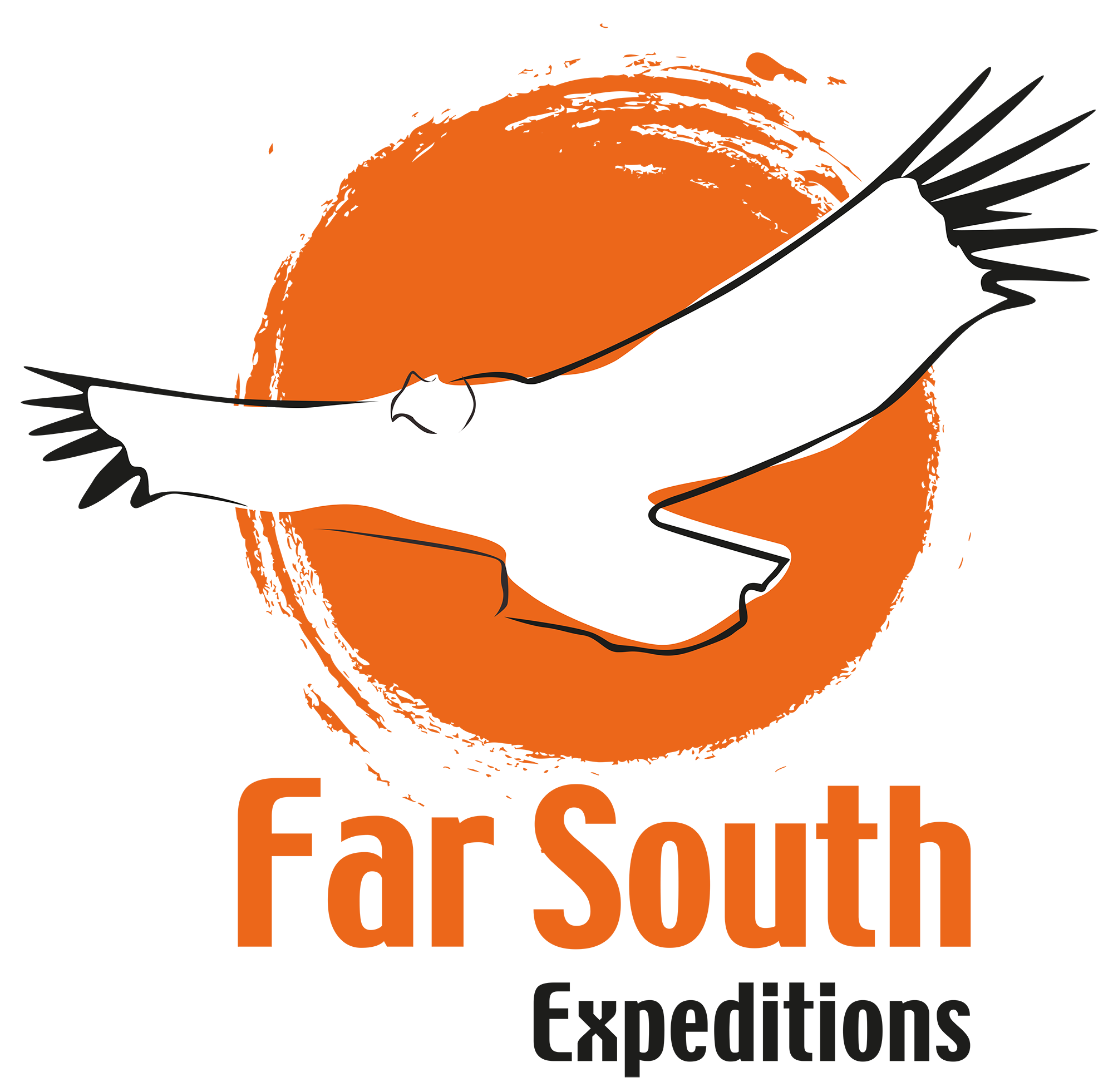
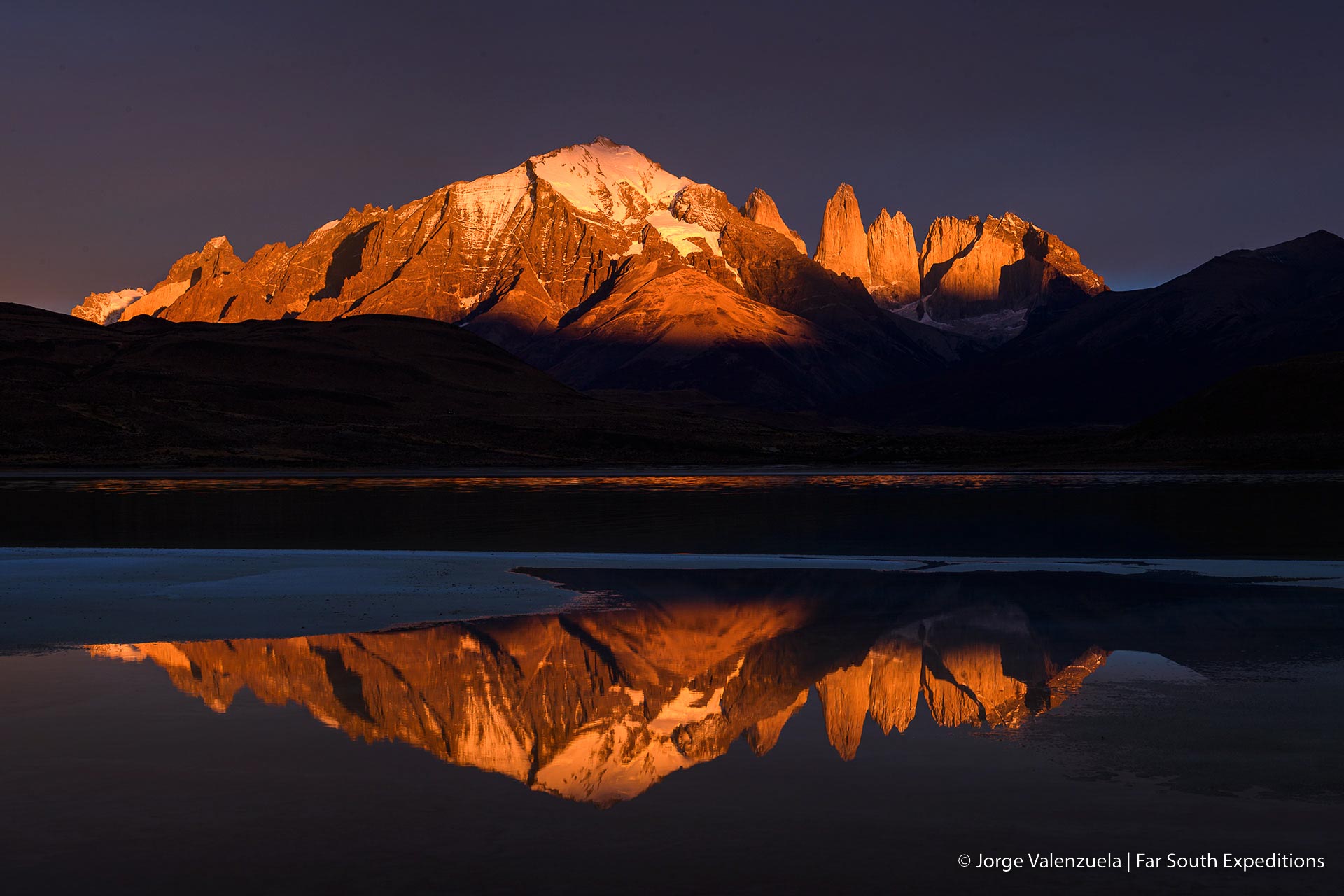


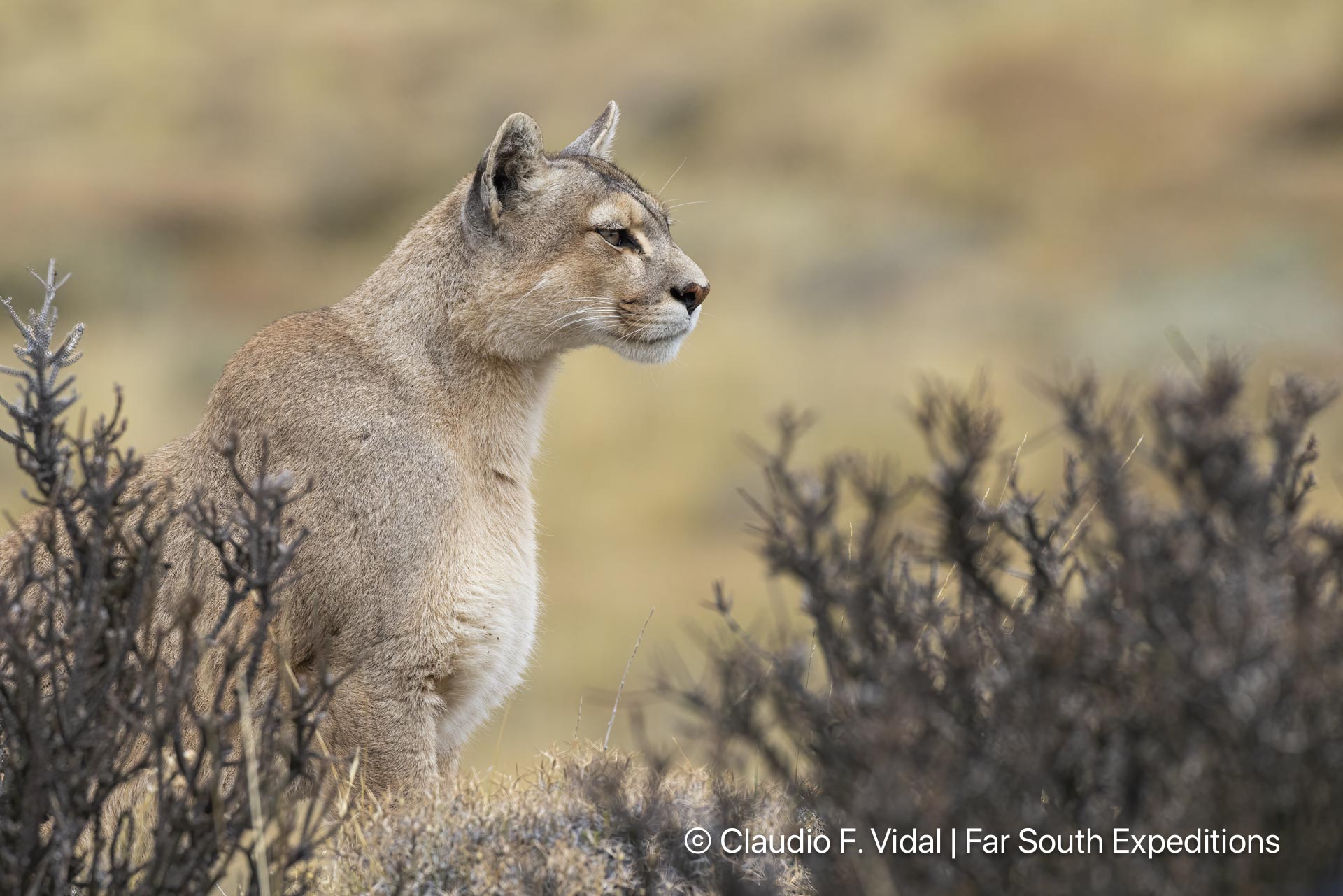
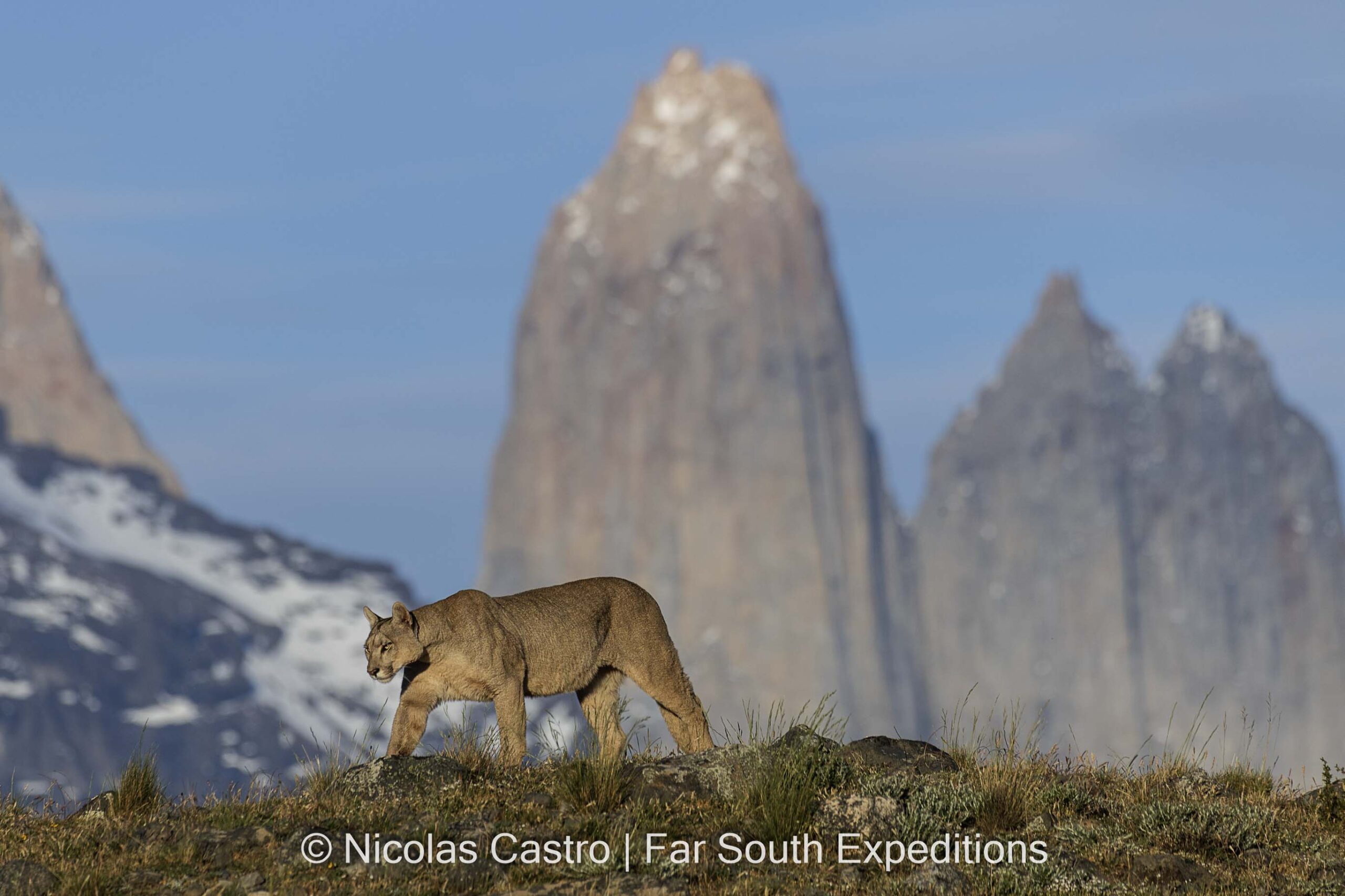

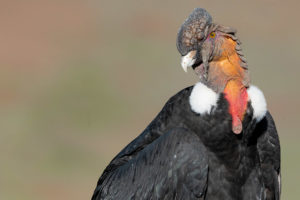

Leave a Reply
Your email is safe with us.